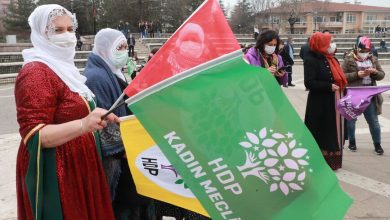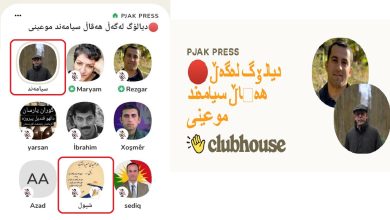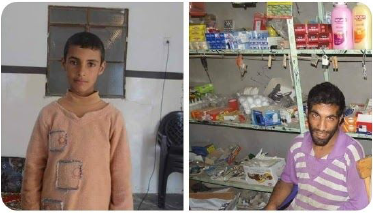While the PKK and its Iranian offshoot, PJAK, present themselves as defenders of Kurdish rights, statistics and evidence suggest these groups have been responsible for the deaths of more Iranian Kurdish youth than any other enemy. These fatalities frequently occur not in combat, but as a result of intra-group conflicts and erroneous decisions by commanders.
According to the Iranian Kurdistan Human Rights Watch, armed groups affiliated with the Kurdistan Workers’ Party (PKK) and its Iranian branch, the Kurdistan Free Life Party (PJAK), have played a significant role in conflicts, unrest, and the lack of development in Kurdish-populated regions of Iran over the past two decades. These groups emerged with slogans such as defending Kurdish rights and fighting ethnic discrimination, yet their actions have, in many cases, harmed Kurdish youth and damaged the social and economic infrastructure of border areas. The recruitment and deception of adolescents and young adults into military ranks, with no clear future and under harsh mountainous conditions, is one of the most significant problems these groups have created within the Kurdish community.
In essence, PJAK exploits the environment of poverty, unemployment, and lack of equal opportunities in certain Iranian border regions (a lack of development which it has played a significant role in creating and entrenching) to recruit young people in the name of political struggle and armed resistance. However, many of these youths soon fall victim to futile clashes with military forces or to internal group rivalries. Numerous reports indicate that a considerable number of those killed in these groups lost their lives not in a specific battlefield, but as a result of commanders’ poor decisions or internal PKK/PJAK conflicts. Worse still, their burial sites are never disclosed, the cause of death remains vague, and PJAK announces their passing with a significant delay.
Moreover, the presence and armed activities of these groups along the borders of Iran, Turkey, and Iraq have consistently provided a pretext for intensified insecurity and wider crackdowns in Kurdish areas. This situation has trapped the Kurdish community in a cycle of violence and instability, instead of achieving its legitimate rights through civil and political channels. Consequently, the PKK and PJAK, rather than being true defenders of the Kurdish people, have become primary drivers of suffering, migration, and the premature death of Iranian Kurdish youth.

The killing of Meisam Mohammadzadeh, known as “Rojhat Ararat,” is one of hundreds of bitter examples of the fate of Iranian Kurdish youth who were ensnared by the propaganda and false promises of armed groups like PJAK. A young man from Maku in northwest Iran, he, like many of his peers, joined the ranks of a group presenting itself as the “defender of Kurdish freedom,” in search of a better future and a dignified identity. Yet, the reality on the ground was nothing more than the instrumental use of the youths’ pure emotions to achieve foreign political goals. His death in the mountainous Khakurk region, deep within the Iraq-Turkey borderlands, occurred not in defense of the Kurdish people but within the framework of the PKK’s endless conflicts with the Turkish army—a war that offers no benefit to Iranian Kurds, whose only victims are these simple-hearted young people.
For years, PJAK and the PKK have used the slogan of “national resistance” to justify recruitment, but they have practically become proxy forces in regional power games. Many of the commanders in the Qandil mountains, disregarding the interests of Iranian Kurds, use them as human tools in their perpetual wars. Young members like Meisam Mohammadzadeh often enter battles that have no connection to the real demands of their local communities, and they do so with inadequate political or military training. Ultimately, their deaths are merely announced in a propaganda statement, leaving their families immersed in grief and uncertainty.
These fatalities serve as a warning sign for the Iranian Kurdish community. As long as groups like PJAK, with their cross-border support and ambiguous goals, exploit ethnic sentiments for recruitment, the young Kurdish generation faces a dual threat: on one hand, domestic poverty and deprivation, and on the other, the deception of an armed discourse that brings death and instability instead of freedom. The story of “Rojhat Ararat” symbolizes the tragedy of a generation that could have built the future of Iran’s Kurdish regions but became a casualty of dangerous politics and weaponry. According to PJAK’s own acknowledgment, his date of death was August 2024, yet PJAK announced it 14 months later. What is the reason for this delay, and what is the true cause of his death? Where is he buried, and can his family visit his grave? These are the questions that PJAK and the PKK have never answered.






